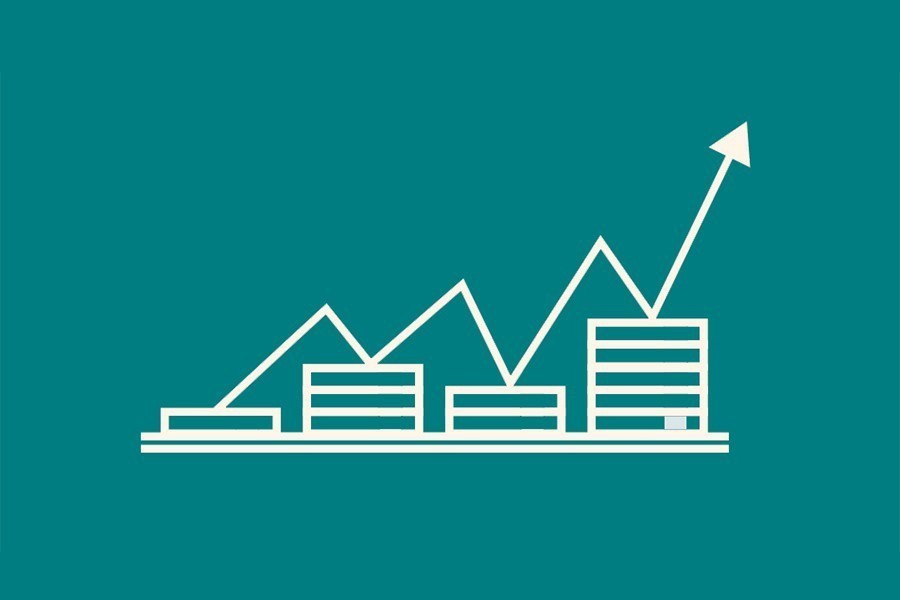The portion of a country's debt which is collected from the foreign/external parties is termed as external debt of that country. Generally, debt receiving country takes debt from multilateral lending institutions i.e., World Bank, International Monetary Fund (IMF), Islamic Development Bank (IsDB), Asian Development Bank (ADB), large commercial banks and from governments of other development partner countries.
Bangladesh's external debt stock has been increasing over the years and the principal and interest repayment also increases. International Debt Statistics of the World Bank shows that in 2012, total external debt stocks was US$28.28 billion whereas principal repayment was US$1.14 billion and interest payment was US$0.25 billion. In 2021, total external debt stocks stood at $78.04 billion which denotes the country's increased reliance on foreign debt for its development activities. Some economists believe that the increased external debt holds back the country's growth as loan repayment draws a major portion of country's income.

Though Bangladesh's external debt is increasing it is not in a position to incite tension among the policy makers because it has manageable level of foreign exchange reserves to external debt stocks. Dr Zahid Hussain, a former lead economist at the World Bank, told the FE that "this is still tolerable but it may be a burden if not utilised properly." In 2020, Bangladesh's foreign exchange reserve compared to external debt stocks was 62.5 per cent which was the third highest in south Asia whereas Nepal stayed at top with 140.1 per cent and India at second place with 97.3 per cent .
The outstanding external debt to Gross Domestic Product (GDP) in 2012 was 18 per cent which dramatically decreased in 2020 and stood at 13.40 per cent which proves that the country's external debt is still at manageable level. But the expenditure of debt money should be allocated in the economically viable and profitable projects so that it does not create a situation like Sri Lanka which invested most of their debt money in less viable projects.
In 2012, the external debt stock to GNI (Gross National Income) was 19.6 per cent, the external debt stock to exports was 101.9 per cent, and the short-term to external debt stock was 42.5 per cent. In 2020, the external debt stock to GNI stood at 20 per cent, the external debt stock to exports was 173.7 per cent, and the short-term to external debt stock was 62.5 per cent. So, we see Bangladesh's external debt stock to exports and the short-term external debt increased over the years.

External debt is received in the stated foreign currency and normally it must be paid in that currency. In 2012, the currency composition of public and publicly guaranteed debt in USD, Euro, SDR, Japanese Yen and other currencies was 55.10 per cent, 0.70 per cent, 17.30 per cent, 9.10 per cent and 4.80 per cent respectively. And in 2020 it was 61.90 per cent, 1.0 per cent, 11.10 per cent, 17.50 per cent and 5.70 per cent. Over the years, the concentration of external debt has increased in all currencies except in SDR.
The average terms of all public and publicly guaranteed new commitments or new external debts for all creditors contained a maturity of 28.1 years in 2012, 24.3 years in 2017 and 25.6 years in 2020. So, considering all aspects of external debts, Bangladesh must stress upon effective utilisation of debts so as to avoid any sort of probability of failure in repayments.
Dr. Rabiul Hossain is an economist and central banker.
[email protected]


